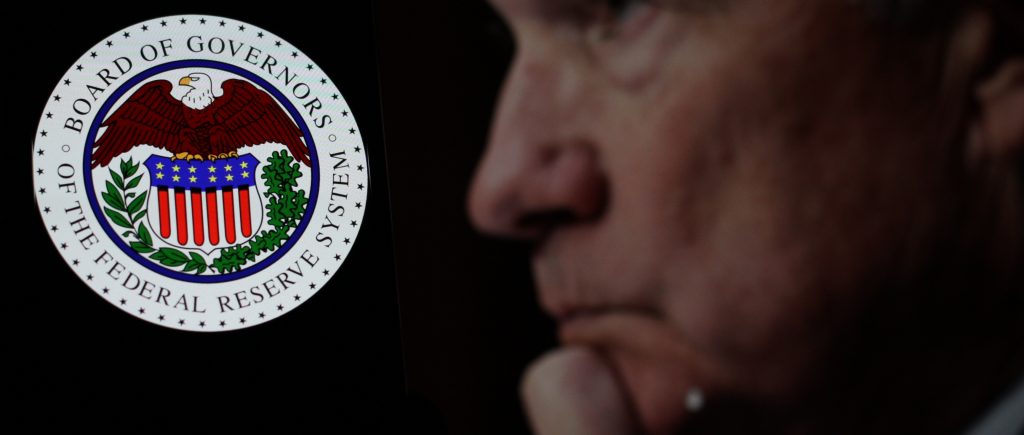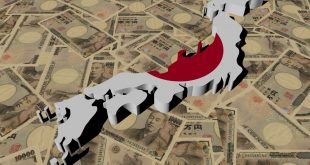U.S. Federal Reserve officials remain divided on the potential inflationary impact of President Donald Trump’s proposed tariffs, but growing concerns are emerging regarding their effects on supply chains, public expectations, and pricing dynamics. As the scope of the administration’s trade policies expands, policymakers are reassessing the broader economic risks associated with tariffs.
Tariffs and Their Economic Implications
During Trump’s first term, trade tensions led the Fed to cut interest rates as global and U.S. economic growth prospects weakened rather than accelerating inflation. However, in the current climate—where inflation remains elevated, consumer spending is resilient, and supply chain disruptions have become a key driver of persistent price pressures—the situation presents a more complex challenge.
Fed officials have expressed concern that Trump’s piecemeal trade approach could heighten market uncertainty and lead businesses and consumers to anticipate higher prices in the long term. So far, the administration has:
- Raised tariffs on Chinese imports
- Delayed duties on Mexico and Canada
- Imposed tariffs on steel and aluminum (effective next month)
- Instructed officials to impose countertariffs on countries targeting U.S. goods
Inflation Expectations and Monetary Policy Response
A key risk for the Fed is that a prolonged period of trade uncertainty and retaliatory measures could fuel inflation expectations, increasing the likelihood of more persistent price hikes.
“Most tariffs lead to a one-time shock, and then the world moves on,” noted Atlanta Fed President Raphael Bostic. However, he cautioned that if the policy debate and implementation continue to evolve unpredictably, it may be necessary for the Fed to intervene through monetary policy adjustments.
Not all Fed officials share the same level of concern. Fed Governor Christopher Waller emphasized that tariffs alone may not necessarily drive long-term inflation and argued that policymakers should respond to concrete data rather than speculation. “Waiting for perfect certainty even in volatile times is a recipe for policy paralysis,” Waller stated.
Fed Minutes and Economic Outlook
The minutes from the Fed’s January meeting, set for release on Wednesday, could offer additional insights into policymakers’ discussions on Trump’s economic agenda. Although the meeting took place just a week after Trump’s inauguration, the growing uncertainty surrounding trade policies was already influencing the Fed’s cautious stance on interest rate adjustments.
The ‘Suppressive Effect’ on Growth
While Trump administration officials argue that their policies—including tariffs, tax cuts, deregulation, and immigration controls—will ultimately reduce inflation, this view is widely disputed by economists.
A study by Boston Fed researchers estimated that a 25% tariff on imports from Mexico and Canada and a 10% duty on Chinese goods could add 0.8 percentage points to inflation, complicating the Fed’s efforts to stabilize prices. However, the study also acknowledged that tariffs could trigger offsetting adjustments:
- Consumers may shift demand or reduce spending
- Businesses may absorb costs rather than pass them on
- Retaliatory measures from trade partners could reshape global trade flows
- Currency and interest rate movements could counterbalance inflationary pressures
This “suppressive effect” on economic growth, which prevailed during Trump’s first term, may again limit the overall inflationary impact of tariffs. In previous instances, research indicated that retailers absorbed much of the cost through reduced profit margins, keeping consumer price increases in check.
Looking Ahead
As the Fed continues to navigate the complexities of trade policy, inflation risks, and economic growth, investors will closely monitor policymakers’ evolving stance on interest rates and their response to emerging risks in global trade dynamics. The January meeting minutes and future economic data releases will be pivotal in shaping market expectations and the Fed’s next steps in monetary policy.
 Noor Trends News, Technical Analysis, Educational Tools and Recommendations
Noor Trends News, Technical Analysis, Educational Tools and Recommendations





